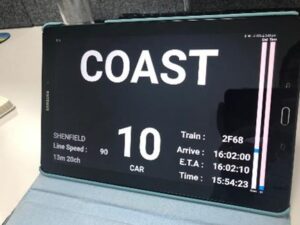Resource Hub
How rail technology enables sustainability by reducing carbon emissions
With many countries committing to 2050 net-zero carbon emissions targets, industries are investigating how to minimise their carbon dioxide equivalent (CO2-e) emissions to help meet this ambitious goal. Conceptual technologies, often either unproven or not fully developed, are sometimes mooted as the answer to reaching a zero-carbon economy.
However, while these conceptual technologies are being developed, there are innovative, proven solutions that are available today, tested by innovators and early majority companies, that significantly reduce CO2-e emissions.

Rail transport, for both passengers and freight, is already one of the most efficient and least energy-intensive forms of transport. But rail operators can extend the advantages of rail transport by implementing existing technology to further increase efficiencies – thereby reducing costs and becoming even more environmentally friendly.
This article examines how the implementation of more efficient train driving, using Connected Driver Advice Systems (C-DAS) technology, can significantly reduce CO2-e emissions – while at the same time, providing significant fuel and energy use savings.
Article
DAS is not just about saving fuel
KiwiRail tells Rail Express how its adoption of driver advisory systems from TTG Transportation Technology is not just about saving fuel.